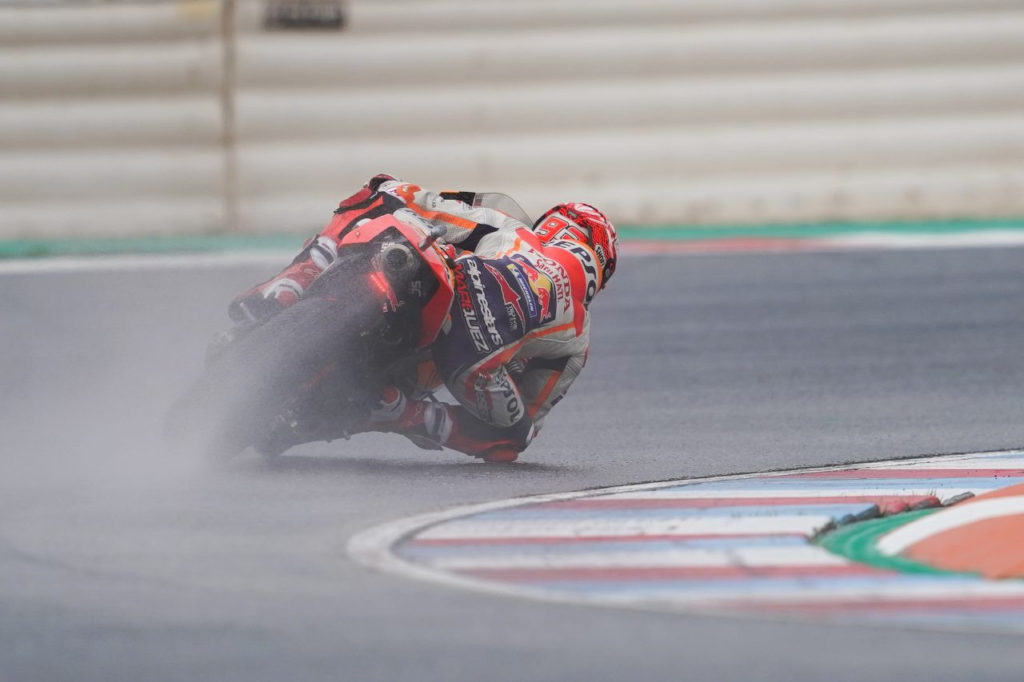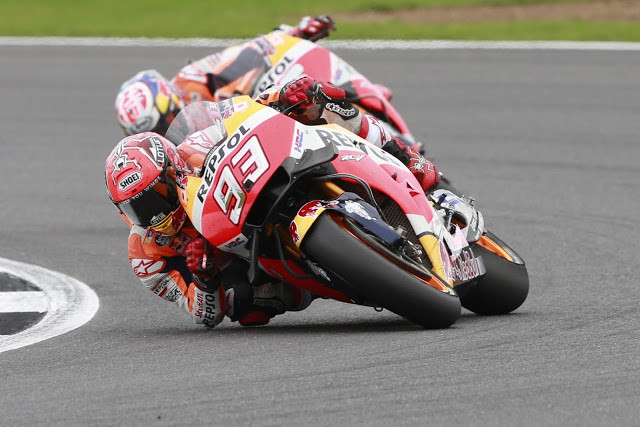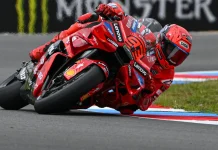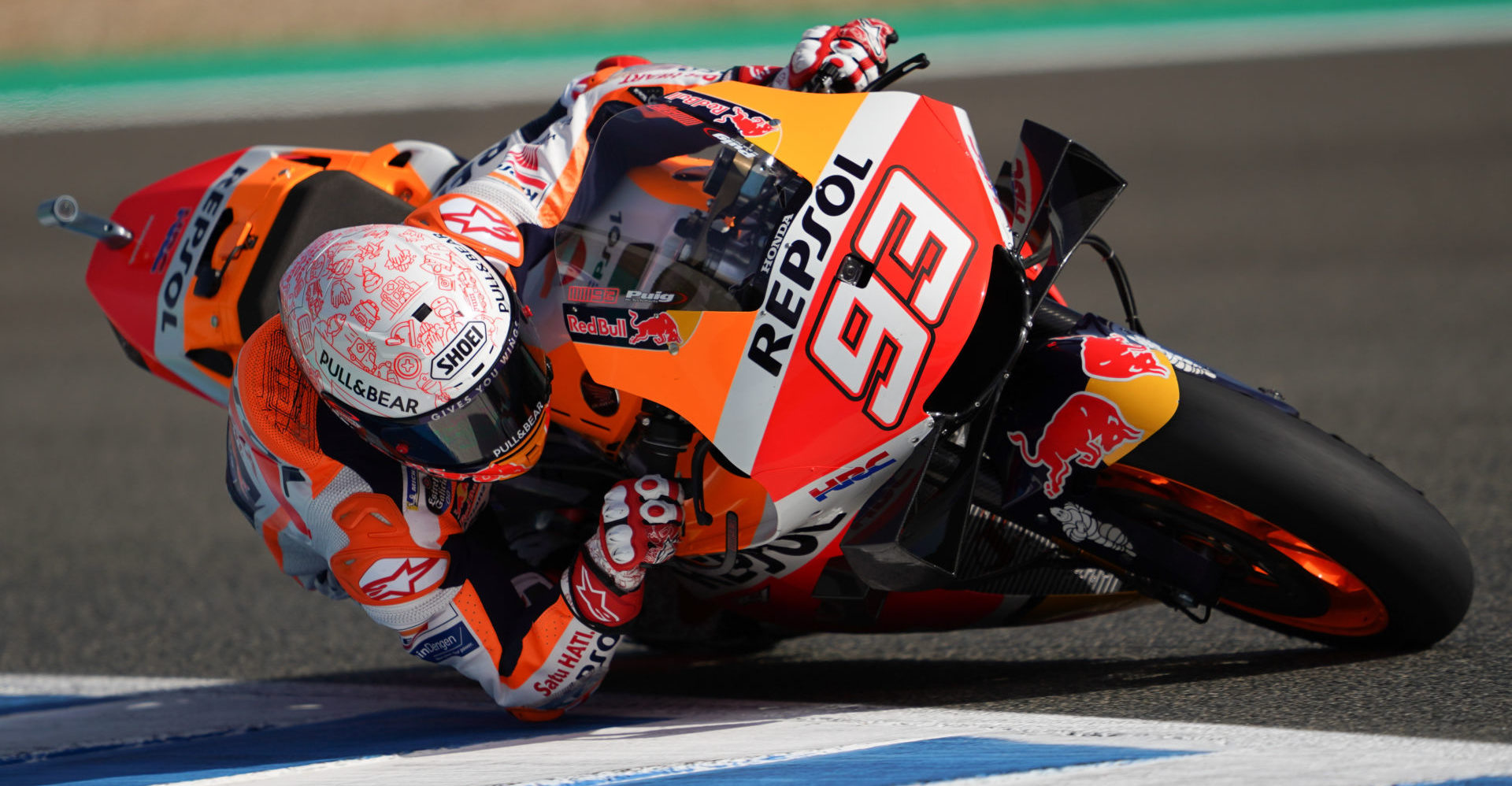First Person/Opinion:
By Michael Gougis
The Can-Am sports car race at Road Atlanta in July 1971 was not a good race for Formula One World Champion Jackie Stewart. The Can-Am series paid good money, more than F1, so Stewart flew across the ocean regularly to hustle a fat Lola sports car around North American circuits. On this day in history, he earned his money.
A flat tire and a struggle to re-start the car after the pit stop dropped him to 21st, three laps down. Stewart went back out. The brakes started to fade and the right front wheel wore a big hole in the top of the fender, showering him with tire and bodywork debris. He came back into the pits, went back out and set the race’s fastest lap time – 1.3 seconds better than he’d done in qualifying and 0.3-second quicker than pole. Then the car finally broke for good.
When asked why he was driving so hard when there was absolutely no hope of a win, a podium or even points, Stewart said: “Ooch! Ye must never let y’self fall into the habit o’ drivin’ at anythin’ less than yer maximum!”
The saying is that consistency wins championships. Like many other things in life, that saying is partly true. It obscures a deeper truth. What really wins championships is speed. At the end of the day, to seize a championship requires the racer to finish higher up the order than the other riders, race after race. Slower riders do not win races. They are gifted wins when faster riders falter. Occasionally it happens often enough in a short enough period of time that a championship goes to a slower rider. That is one of the joys of watching motorsport.
But more often than not, speed gives you a better chance of finishing higher. Speed keeps you out of more trouble, prevents you from fighting with mid-packers as you try to get to the front after starting from the third row. Speed puts you ahead of your competitors on the track. All other things being equal, the faster rider/bike combination wins the race more often. And even though all other things never are equal, pure speed gives a rider more of a chance to take the win rather than inherit the win. As a competitor, you don’t prepare to inherit wins. You prepare to beat the others. Yes, most of us would rather be lucky than good. But you can’t control luck. You can control speed.

Talent makes you fast. Experience keeps you fast. There’s a reason that riders are slower when they come back from the off-season for the first tests of the new year. They’re not less talented. They’re further from the last time they experienced riding on the edge. They’re not as used to the sensation of losing the front tire under braking, for example. In the first practice session, it seems to happen in a millisecond.
By mid-season, when the rider has saved the front-end washout dozens of times, the experience is familiar. The feedback from the bike telling you that it is about to happen is recognizable. Time stretches, and the transition from full grip to slide seems to take longer. The panic reaction is gone. There’s more brain power to decode the messages from the tire, suspension and bike, and the messages are clearer because the rider has heard and felt them recently.
To be on top, a rider has to be the best at interpreting those messages, and understanding the new ones that come from changes to tires, suspension, engine, brakes and chassis. And the ability to understand the language of those messages is developed and maintained like any other ability–through practice and experience.
It was mostly a pleasure to watch Marc Marquez dance off with multiple MotoGP World Championships in recent years. He’s won when he could, finished on the podium when he couldn’t, and taken what points were on offer when the podium was out of reach. His relatively-new-found maturity met with widespread praise.
But looking at Stewart’s comment, there’s a reason for a bit of concern to creep in. Backing off even slightly means less time spent on the edge. It means less time with the bike speaking the language of imminent loss of traction, the fine line between slip and grip as the power pours through the rear wheel.
It is admirable to pace your way to a championship. But a racer does so at the risk of forgetting how to live on the edge. And the less the racer lives in that environment, the fewer experiences on the edge the racer has, the more unfamiliar territory it is, and the harder it is to survive there. A lap of 1:27 is flying for a lightweight bike at the big track at Willow Springs. I once heard a rider say, “It’s been a while since I’ve run a 1:27 here.” To the best of my knowledge, that rider never did again. It’s easy to lose the direction to the edge, and even if a racer finds it again, they may not be able to understand the language spoken there.

That is why it is important to reflect on Marquez’s race at Silverstone 2016 before it disappears into the mists of history. The set-up on his Honda was poor, and the bike had been a handful all year. On top of that, Marquez chose the wrong front tire. The machine was a disaster from the moment the lights went out. The smart thing to do would have been to cruise around and gather points.
Marquez took a different approach.
The (then) two-time MotoGP champion saved countless front-end slides on his elbow. He battled frantically with Valentino Rossi and Cal Crutchlow and Andrea Iannone, ran off the track, came back onto the track, forced his way past Rossi again and then nicked Crutchlow at nearly 200 mph, sending himself off the track once more before re-joining the race and passing his teammate on the last lap for fourth.
It was absolute madness. It was every corner on the edge of disaster. It was exactly what a rider with a 53-point lead in the championship chase should not be doing.
But Marquez and Stewart know that there are worse things in racing than crashing, losing a race or even a championship. At all costs, the racer must maintain a residence on the edge of madness and make it home. And it was glorious to watch Marquez re-stake his claim to that place where mere mortals–including some World Champions–never can go.
* A version of this article was first published on September 8, 2016 at motorbikeroadracing.com.







